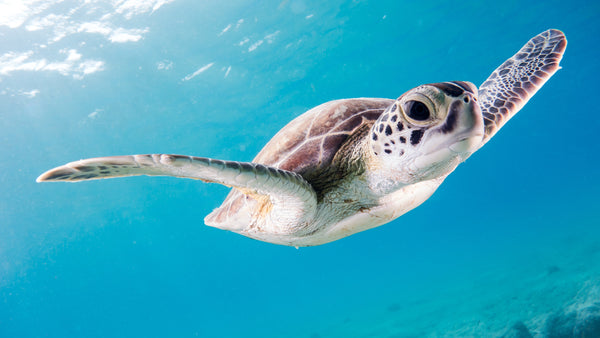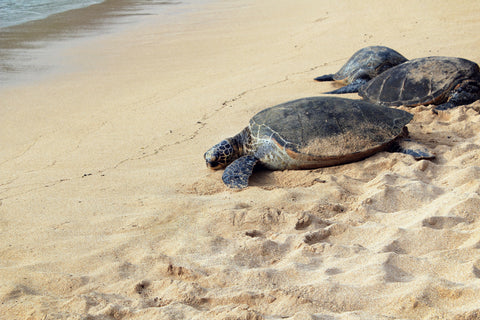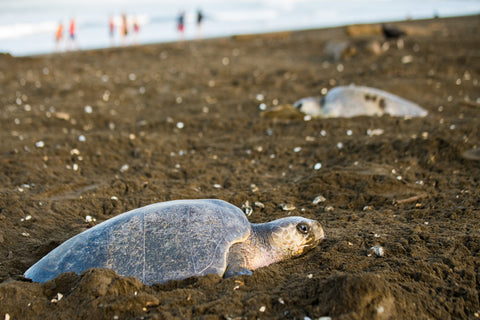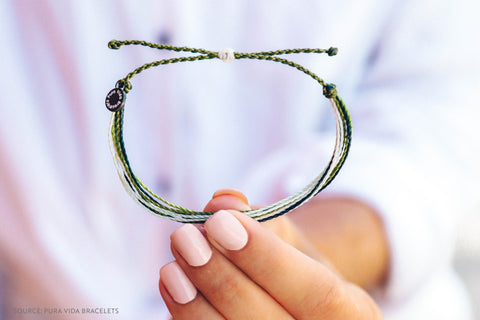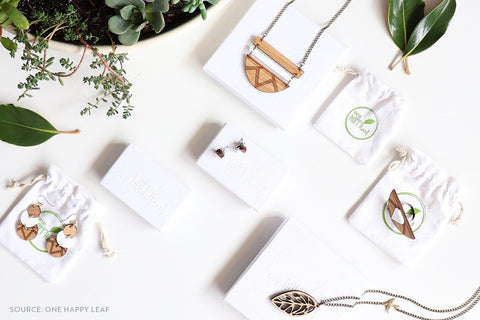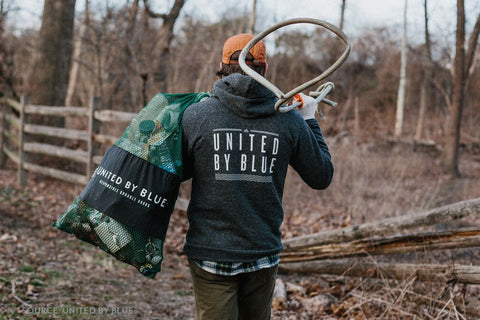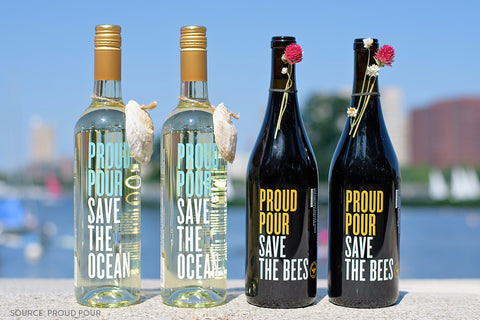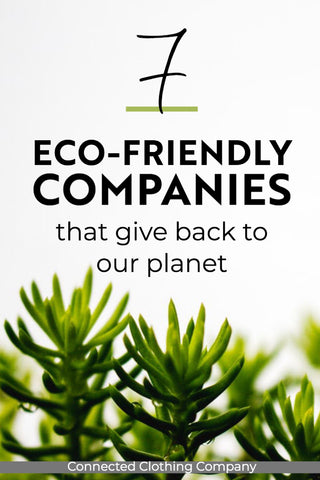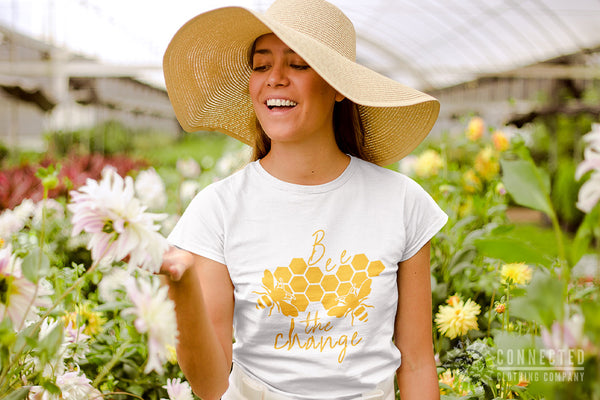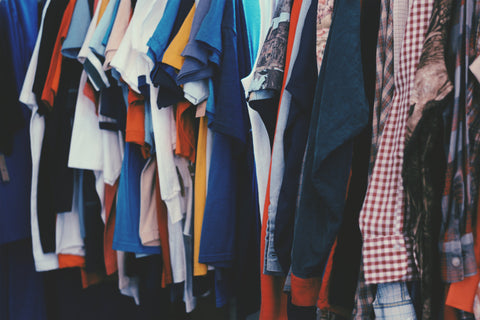
We all have those t-shirts we’ve loved a bit too much. As we are decluttering our homes, we often overlook items that could have a second life. When it comes to t-shirts and other apparel, do not throw them out! There are so many options that can increase their lifespan.
So, go through your closets, gather your unwanted and unused clothes, and take another look to do something creative or charitable with them! Here's a list of our top 5 things to do with used clothes.
What To Do With Your Used Clothing
1. Recycle your used clothing
A very small percentage of clothing is actually recycled - less than 1%. Often, it is repurposed, resold, or upcycled.
Why is it that only less than 1% is recycled? Well, it's apparently really hard to do. Most fabrics are a blend of materials that are hard to separate. However, one company has figured out how to separate them and create new(ish) tees from old worn ones.
Marine Layer is a company creating sustainable “closed-loop” production fabrics. Their recycling program called “Re-Spun” will actually give you money for your old shirts that will be recycled into new tees. Yes, you read that right. You get $5 per shirt, up to $25, paid in the form of store credit. To date, they have collected over 100,000 tees!
How does the process work? You send in your old tees of any condition (stains, rips and holes are okay!) and any material except spandex. Then, the tees are broken down to the fiber level by Marine Layer’s partner, RecoverTex based in Spain, one of the only companies in the world with the ability to recycle blended fabrics.
The new(ish) tees produced are composed of 50% recycled tees and 50% recycled plastic bottles. There is no water, no added dyes, and no new materials used in the entire process. The unique colors of the tees are created by combining different colors of the recycled tees.
Have some tees you’d like to send in? Head to their website and grab your Free Recycling Kit.
2. Upcycle used clothing
Upcycling and DIY projects are all the rage right now and we are 100% here for it. Upcycling is the process of transforming unwanted or waste materials into something new or better quality. Websites like Etsy and Pinterest are full of awesome ideas.
You can do DIY projects even if you aren’t particularly crafty, and thanks to the internet, there has never been a better time to learn some new skills to craft things out of what may be trashed.
Even if you don’t have the time or feel like you have the skill to DIY, you can still support the upcycling community and the environment by buying repurposed items.
There are a million projects online that show you how to create scarves, bracelets, rugs, belts, necklaces, and so much more. Here are a few of our favorite projects that we’ve found made from upcycled used tees:
Upcycling Idea: Make produce bags from used clothing
Make a set of your own produce bags to ditch the plastic bags. As more cities crack down on single use plastics, this is the perfect time to create your own eco-friendly alternative. This easy no-sew project only needs three things: an old tee, sharp scissors, and fabric glue. If you’d like different sized bags, check out the sewn version, too.

Upcycling Idea: Make a hanging planter from used T-shirts
Within an hour you can create a simple macrame plant holder that can be personalized in any way you’d like. Who wants to spend the money on plant accessories when you could use an old tee lying around and spend the saved money on more plants?

Upcycling Idea: Make a pet toy from used tees
We all have that dog in our life that shreds anything and everything put in front of them. With an old tee or two you can create a quick and fun toy for your pup.
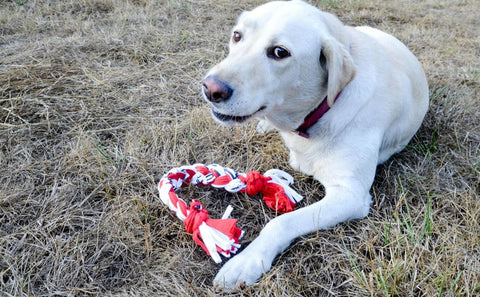
Or, if you’re more of a cat person, you can make a fun knotted cat toy from a few strips of T-shirt. Knot one of the lengths tightly around the others to make sure it doesn't unravel.
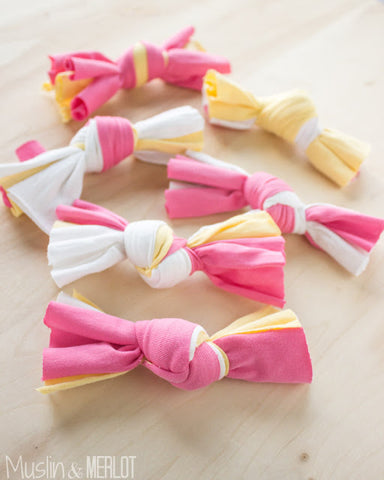
Upcycling Idea: Braid a fashionable belt from used shirts
If you’re in a pinch, or just wanting a new accessory, you can braid yourself a new belt from unwanted T-shirts.
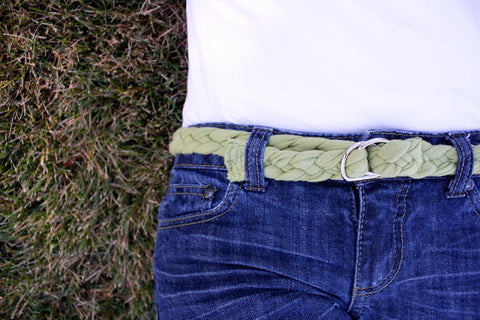
Upcycling Idea: Make reusable cotton rounds from used tees
Eliminate single-use cotton rounds from your skin care routine by making reusable cotton rounds from unwanted T-shirts. Plus, these can also be made out of old towels to create a more of a scrub-ee cotton round.
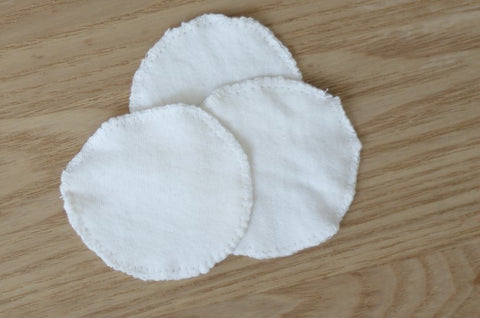
3. Donate used clothing to charity
Donating is most people’s go-to when looking to get rid of unwanted clothing. Look into local non-profit charities in your area. Group homes, senior centers, and homeless shelters may have a need for used clothing. Many animal shelters may take DIY dog toys made from old shirts.
Be sure to call ahead or check the website of the place you’re planning on donating to, ensuring that they will take your items.
4. Sell your used clothing online
This option is not necessarily for used tees, depending on the shape that they’re in. Clothing in good shape and worth a little money can bring in some potential buyers. Buying and selling pre-owned clothes offers variety, sustainability, and affordability.
5. Repurpose your old clothing
For the old tees that can’t be donated, and aren’t ideal for crafting with (due to stains or other reasons), they can be cut into rags useful for cleaning furniture, your car, shoes, or anything else you use rags for.
Though they may still end up in landfills eventually, you can prolong the life of your tees by washing and reusing them for as long as you can.
DON’T throw used clothing away
There are so many options to help keep waste from going in the landfill. Even stained, torn, and seemingly hopeless clothing can still be repurposed into the endless number of DIY projects online.
Before replacing your old clothes, ensure that you are investing in clothes that will last. Ethical and sustainable fashion is made to last and worth every penny. When looking into clothing brands, always ask where their products come from. Here at Connected, we work hard to provide you with the best quality products that are both ethically and sustainably made. Plus, we have no secrets, find out exactly how our clothes are made here.
Reuse, repurpose, invest in products made to last, and hopefully, you never throw used clothing away ever again.
via GIPHY
]]>



